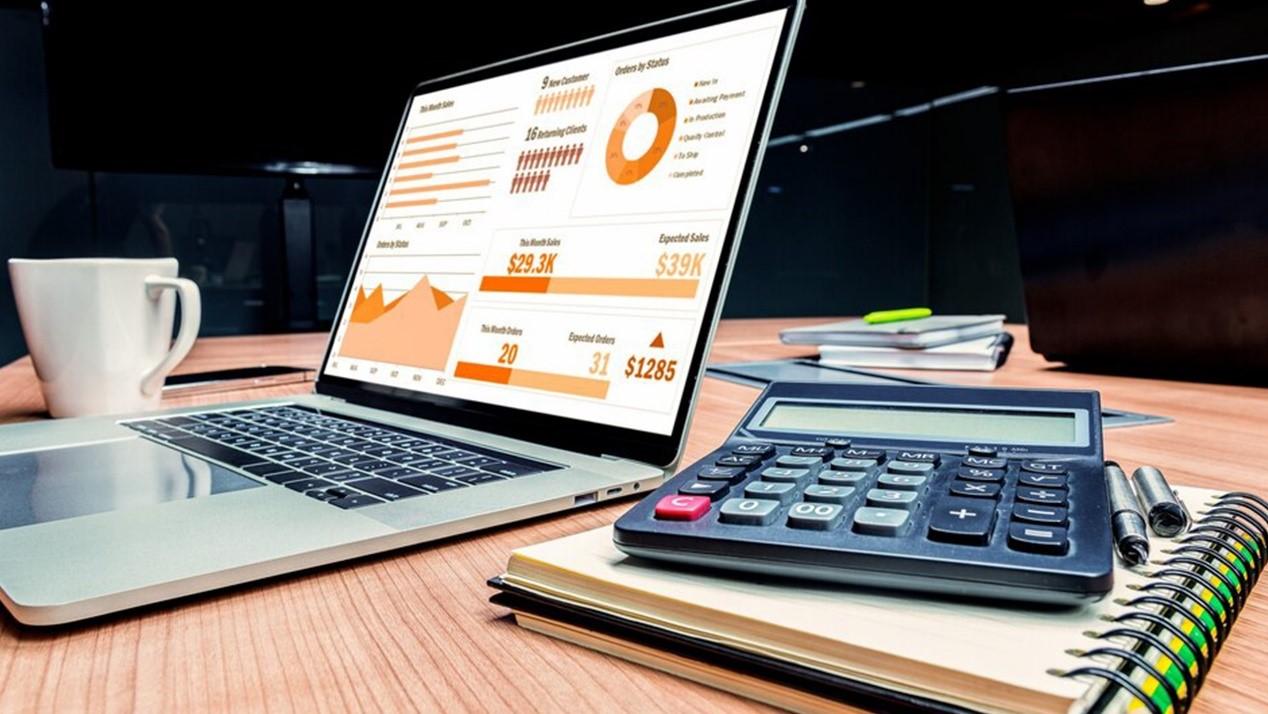
The Digital Doctor is In: AI and Telemedicine Redefine Healthcare
The healthcare industry is undergoing a seismic shift fueled by artificial intelligence (AI) and telemedicine.

As businesses and organizations all around the world increasingly depend on computerized systems to run their day-to-day operations, cybersecurity has become a key objective to protect information from unauthorized access and various online attacks. With rapid technological change, we also see parallel shifts in cybersecurity trends as reports of data breaches, ransomware, and hacks become more common.
Cyberattacks associated with Artificial Intelligence:
An AI system can easily be manipulated if one has the proper tool for it. Hackers also can reverse engineer AI systems to realize access to sensitive data. Once hackers have that sort of access, they will do exactly about anything. Cybercriminals also can use AI to scope and identify vulnerable applications, devices, and networks to scale their social engineering attacks. AI can easily spot behavior patterns and identify vulnerabilities on a private level, making it easy for hackers to spot opportunities to access sensitive data.
On the other hand, AI systems can also detect malware, perform pattern recognition, and detect even the tiniest indicators of malware or ransomware attacks before they contaminate the system.
Attacks on smartphones:
Cybersecurity trends provide a substantial increase for mobile banking malware in 2019, making our smartphones a possible prospect for hackers. All our photos, financial transactions, emails, and messages pose more threats to individuals. Smartphone viruses or malware attacks may capture the eye of cybersecurity trends in 2022. It was found that over 40% of all mobile gadgets are at the risk of becoming a target of cyber-attacks. Data leakage, unsecured wi-fi, network spoofing, and phishing scams are the major threats to mobile security. To protect business data, it is vital to secure hardware, copy and encrypt data, invest in cybersecurity insurance, promote a security-focused culture, and use robust cybersecurity software.
Data breaches:
According to a report, 2021 saw the highest average cost of a data breach in 17 years, with the cost rising from US$3.86 million to US$4.24 million on an annual basis, and the most common cause of data breaches was stolen user credentials. As a commonly used attack measure, these were responsible for 20% of breaches, with these breaches causing an average cost of US$4.37 million. New strict measures by General Data Protection Regulation (GDPR) were enforced from May 25th, 2018 onwards, offering data protection and privacy for people within the European Union (EU). Similarly, the California Consumer Privacy Act (CCPA) was applied after January 1st, 2020, for safeguarding consumer rights within the California area.
Enterprise leaders are willing to heavily invest in cybersecurity to avoid getting into the news for a breach, hack, or ransomware attack, and it is expected that organizations will spend $100+ Billion on protecting their assets this year. Gearing up the security game is the best call an organization can take today.

The healthcare industry is undergoing a seismic shift fueled by artificial intelligence (AI) and telemedicine.

The healthcare and pharmaceutical sectors are navigating a transformative period, with technological advancements reshaping patient care, operational efficiencies, and strategic growth.

In the world of business, financial wizards wave their wands to conjure profits and success. But behind every great money magician …

Insurtech is not just making waves in the insurance industry—it’s rewriting the rulebook. As technology-driven startups disrupt …